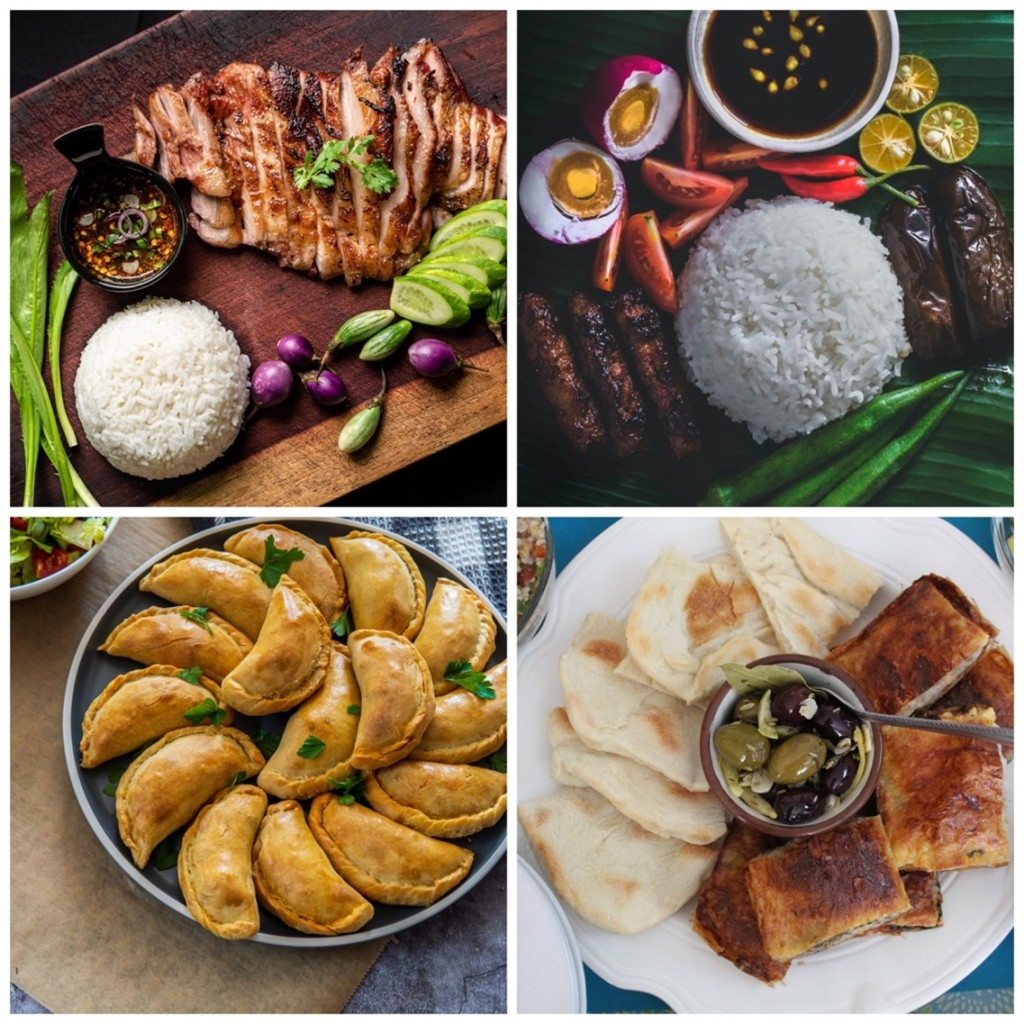Buckwheat is the December grain of the month. Despite its name, buckwheat is not a type of wheat; it is a seed that comes from a flowering plant related to rhubarb. Buckwheat is considered a whole grain thanks to its nutrient profile and culinary uses. Buckwheat is gluten free, a complete protein, and a good source of energy, fiber, vitamins B2 (riboflavin) and B3 (niacin), magnesium, phosphorus, and many other minerals. Buckwheat contains a high amount of rutin, an antioxidant also found in apples and citrus fruit, that helps to make blood vessels stronger and more flexible. A recent study completed in China found a positive relationship between buckwheat and gut health. Other studies have shown that buckwheat has a lower glycemic index response and is more satiating than grains like wheat and rice.
Buckwheat is common cuisine in Asian and Eastern European countries because it grows in cold climates. Buckwheat groats can be found raw or toasted. Raw buckwheat groats can be cooked in water, broth, or milk and eaten like oatmeal (topped with fruit, nuts, etc.), used as the base of a grain bowl, or added to soups or salads.
One of the most common ways to consume buckwheat is soba noodles. Eating a bowl of soba noodles before midnight on New Year’s Eve is a Japanese tradition that is thought to bring prosperity in the year ahead. Soba noodles can be eaten warm or cold, as the base of a salad or soup, or topped with kimchi.
Buckwheat flour is not only used to make soba noodles; it is suitable for muffins, pancakes, and other dishes, too.
If you have never given buckwheat a try, make a resolution to try this versatile and nutritious whole grain as you ring in the new year!
Written by Brittany Reid, Dietetic Intern, Marshall University
Reviewed by Jenny Lobb, MPH, RDN, Family and Consumer Sciences Educator, Ohio State University Extension Franklin County
Sources:
Whole Grains Council. Buckwheat. https://wholegrainscouncil.org/whole-grains-101/grain-month-calendar/buckwheat-december-grain-month
Yao, D., Yu, Q., Xu, L., Su, T., Ma, L., Wang, X., Wu, M., Li, Z., Zhang, D., & Wang, C. (2022). Wheat supplement with buckwheat affect gut microbiome composition and circulate short-chain fatty acids. Frontiers in nutrition, 9, 952738. https://doi.org/10.3389/fnut.2022.952738



 fiber and energy in the form of complex carbohydrates. Most are higher in protein then their cultivated relatives and many contain phytochemicals, B vitamins, vitamin E, magnesium, and iron. This grouping contains a number of non-wheat grains, which are gluten free.
fiber and energy in the form of complex carbohydrates. Most are higher in protein then their cultivated relatives and many contain phytochemicals, B vitamins, vitamin E, magnesium, and iron. This grouping contains a number of non-wheat grains, which are gluten free.



